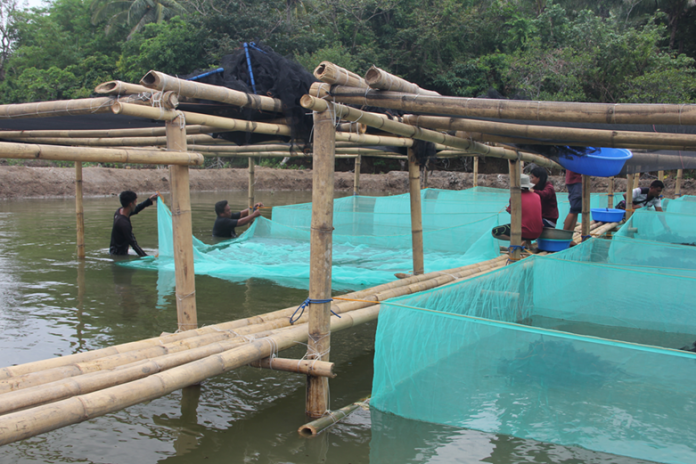
By RH Ledesma
TIGBAUAN, Iloilo – Due to the growing popularity of mangrove crabs, locally known as alimango, aqua farmers and entrepreneurs have recently been busy attending trainings on how to grow the prized seafood.
In a span of three months, five training courses on mangrove crab were completed at the Aquaculture Department of the Southeast Asian Fisheries Development Center (SEAFDEC/AQD) with 71 trainees attending the different courses.
“We believe that mud crab is a widely sought commodity in the world today and even hailed as the food for the gods,” said SEAFDEC/AQD chief Dan Baliao.
Baliao revealed that of the 71 trainees, 65 came from the Philippines, three from Papua New Guinea, two from Tanzania and one from India.
Of the five recent training courses, one was on mangrove crab hatchery operations while four sessions were on mangrove crab nursery and grow-out operations.
The Mangrove Crab Hatchery Operations Training Course is a 22-day training course with lectures and practical activities on crab biology, site selection, natural food production, hatchery operations, feeding management, and health management among others.
Meanwhile, the Mangrove Crab Nursery and Grow-out Operations is a 10-day training course with lectures and practical activities on crab biology, pond preparation, nursery operations, grow-out operations, feeding management, and health management among others.

“This kind of training serves as an instrument or as a guide for those who have experienced loss of investments because we don’t know anything,” said Glenn Fajardo, a crab-farm owner and one of the trainees.
Fajardo also referred to the SEAFDEC/AQD expert trainors as “best friends” as they commit to provide guidance and advice even after the training courses so the trainees can be more productive in the mangrove crab industry.
Since January 2019, SEAFDEC/AQD is reported to have conducted a total of 10 training courses on mangrove crab alone from a total of 30 trainings on various aquaculture commodities./PN



